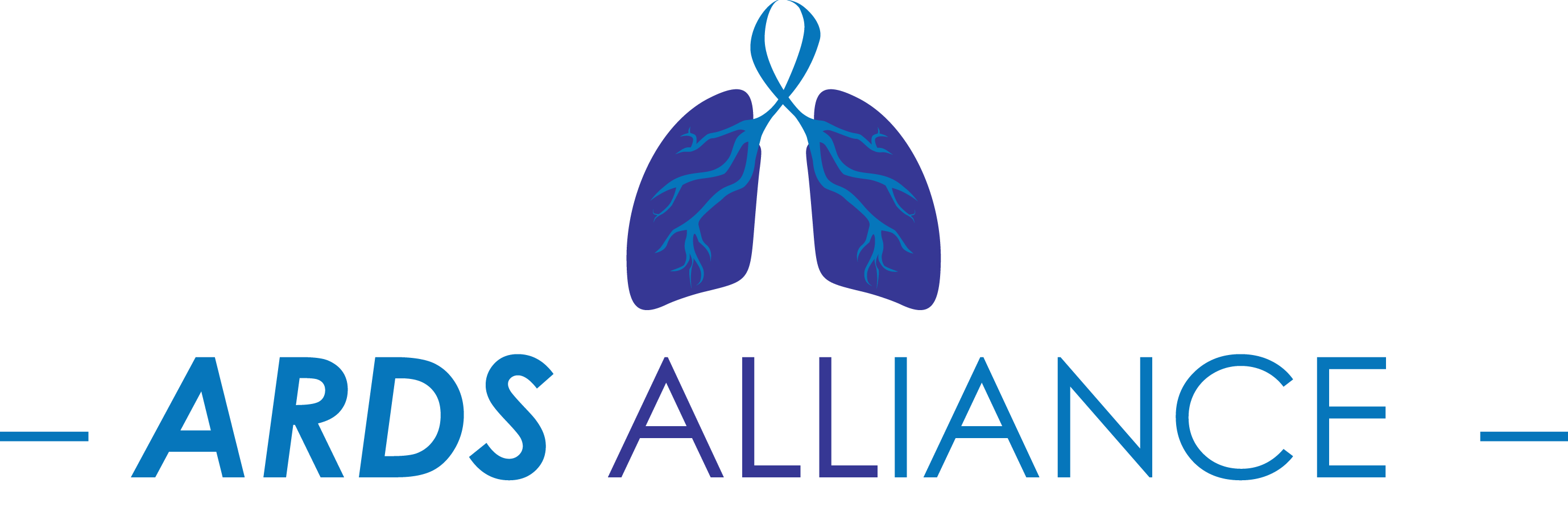The Sarah Collins story
 A busy mother of five children, Sarah Collins didn’t have time to get sick. So when she developed a cough over Labor Day weekend in 2009, she barely gave it a second thought; instead she enjoyed the holiday with family and attended a college football game. But by the end of the day on Monday, Sarah ‘s condition had become much worse. “I felt terrible,” recalled Sarah. “I had a fever of 104 and the cough just wouldn’t go away. Plus, I had this terrible headache – I was concerned it was something awful like meningitis.” so Sarah and her husband, Scott headed for the emergency room at a hospital near their home in suburban Dayton, Ohio. Tentatively diagnosed with a likely case of viral pneumonia, Sarah opted to stay overnight in the hospital.
A busy mother of five children, Sarah Collins didn’t have time to get sick. So when she developed a cough over Labor Day weekend in 2009, she barely gave it a second thought; instead she enjoyed the holiday with family and attended a college football game. But by the end of the day on Monday, Sarah ‘s condition had become much worse. “I felt terrible,” recalled Sarah. “I had a fever of 104 and the cough just wouldn’t go away. Plus, I had this terrible headache – I was concerned it was something awful like meningitis.” so Sarah and her husband, Scott headed for the emergency room at a hospital near their home in suburban Dayton, Ohio. Tentatively diagnosed with a likely case of viral pneumonia, Sarah opted to stay overnight in the hospital.
“They said she could go home,” recalled Scott. “But Sarah felt so bad, we wanted her to have access to pain medication and medical help if she needed it.” Turns out, the Collins’ instincts were right. Over the next two days, Sarah ‘s health plummeted. Unsure how to diagnose her condition, Sarah ‘s doctors recommended she be transferred to Miami Valley Hospital downtown. On Wednesday night Sarah was transferred and admitted to the intensive care unit. By Thursday, she could no longer breathe on her own and doctors warned Scott that Sarah might not make it through the day.
“It was crazy – one day she’s got a little cough and a few days later she’s dying? I just couldn’t wrap my mind around what they were telling me.” Says Scott
Sarah made it through the day and was eventually diagnosed with Miami Valley‘s first case of H1N1, also known as swine flu. “They put her in isolation and did everything they knew how to do – they even brought in a Roto-bed to try to keep her in the prone position – but she was not making a fast enough improvement,” says Scott. “Then they suggested a treatment called ECMO that was only available at the University of Michigan. We are out of other options, so we put Sarah in a plane and went to Ann Arbor. “
Acute Respiratory Distress Syndrome
Sarah had developed Acute Respiratory Distress Syndrome (ARDS). Defined as an acute, severe disease of both lungs, ARDS is not a specific disease, but severe lung inflammation and dysfunction associated with a variety of diseases, including pneumonia, shock, sepsis and trauma. Once relatively rare, ARDS cases are on the rise, primarily as a result of the 2009 influenza A (H1N1). ARDS occurs in about 200,000 patients annually in the US and approximately 40% lose their lives to this illness.
Scientist aren’t sure why some people develop ARDS and others don’t, but what experts do you know about ARDS is that it progresses rapidly – so in treating illness, timing is critical. Unfortunately, very few hospitals across the country are equipped to effectively treat ARDS, in many cases go undiagnosed until it’s too late.
Extracorporeal Membrane Oxygenation (ECMO)
Sarah was transported by plane to U-M hospital to receive extracorporeal membrane oxygenation (ECMO) – a highly invasive and potentially risky therapy in which a patient’s blood is processed through an ECMO machine, which mimics the normal gas exchange function of the lungs, removing carbon dioxide and adding oxygen. Oxygenated blood is then returned to the patient. But after admitting Sarah and reviewing her case, Dr. Lena Napolitano, U-M division chief of acute care surgery and Sarah ‘s attending physician, decided that ECMO wasn’t an option. “When Sarah arrived she was critically ill with severe ARDS, severe hypoxia, (very low level of blood oxygen), bilateral pneumonia due to H1N1, viral pneumonia, multiple organ failure with low blood pressure, high heart rate, and was in septic shock,“ says Dr. Napolitano. “She had been intubated and mechanically ventilated on high ventilator settings for 10 days. This kind of ventilation for more than seven days is a relative contraindication to ECMO, and historically these patients have had poor survival rates. “ ECMO was developed by U-M critical care Pioneer Dr. Robert Bartlett and U-M hospital is one of only a handful of institutions in the country where ECMO is available for ARDS treatment in adults. “ECMO might have been an option earlier, but she was transferred to us too late.“ Added Dr. Napolitano
A new treatment strategy
instead, Dr. Napolitano and her team used a number of other strategies that have been documented to improve oxygenation and ARDS patients, including Diuresis (i.e. getting fluid out of the lungs) ; prone positioning (face down). Sarah was maintained in a prone position for an extended period of time due to her severe hypoxia and inhaled nitric oxide. Sarah‘s responses to the treatments were encouraging and both her medical team and her family remain hopeful that she would recover. “Our lives and our emotions were truly driven by the numbers we saw on all the machines in Sarah ‘s room.“ added Scott’s mother Sallie, who stayed in Ann Arbor to support Scott, as did his father, Kent, and brother Greg. “And just when we start to believe she was headed out of it, she get another complication, another setback. It was like a roller coaster ride that never stopped. “
More complications over the next several weeks
Sarah suffered kidney failure, collapsed lungs (pneumothorax), as well as a buildup of fluid around the lungs. “It was really touch and go for a while. What got us through many days was our faith in the absolute trust in Dr. Napolitano and her team to keep Sarah moving forward.“ added Scott. It’s common in ARDS patients to develop secondary infections, which are often the culprit in fatalities. Weak immune system‘s and frail bodies make ARDS patients highly susceptible to secondary infections, and unfortunately Sarah was no exception. After nearly 2 months of battling severe ARDS, Sarah developed a secondary bacterial pneumonia with a multi-drug-resistant organism, which made it extremely difficult to treat. Dr. Napolitano decided to initiate the new anti-microbial drug, Doripenem to combat the pneumonia. “The secondary viruses are very tough and smart bugs: they have the power to mutate, break through every attempt to strike them down and basically confound the smartest of doctors and known medical interventions. You can imagine, it was hard to remain hopeful.“ added Sallie “but Dr. Napolitano was convinced that Sarah would recover, so she shook things up and tried this cutting edge drug, and it worked! We were just in awe of the medical team. “
Stable and Improving
With the bacterial pneumonia under control, Sarah’s lungs began to slowly recover and her condition stabilized. By Mid-November, Sarah was transferred back to Miami Valley Hospital where she stayed for several more weeks. In January 2010, four months after she first went to the ER., Sarah finally headed home. And while she is expected to make a complete recovery, Sarah ‘s improvements happened and baby steps “it’s hard not to be impatient and want my old life back right away. I have constantly remind myself of how much progress I’ve made. A weeks ago, I couldn’t imagine walking upstairs, but today I can get up to my bedroom in less than five minutes. Soon I can start driving again and I hope to be off supplemental oxygen in the next few weeks.“ Says Sarah “when you have it you don’t appreciate how amazing “normal” is and now “normal” is my goal. When I can get back to simple things like running errands driving my kids to activities it will be amazing.
Article from University of Michigan Health Systems
